China, with its rich culinary heritage, offers a treasure trove of flavors beyond savory stir-fries and dumplings. Among its most charming yet often underrated culinary gems are Traditional Chinese Desserts. These sweet treats, rooted in thousands of years of history, not only tantalize the taste buds but also tell stories of dynasties, festivals, and family traditions.
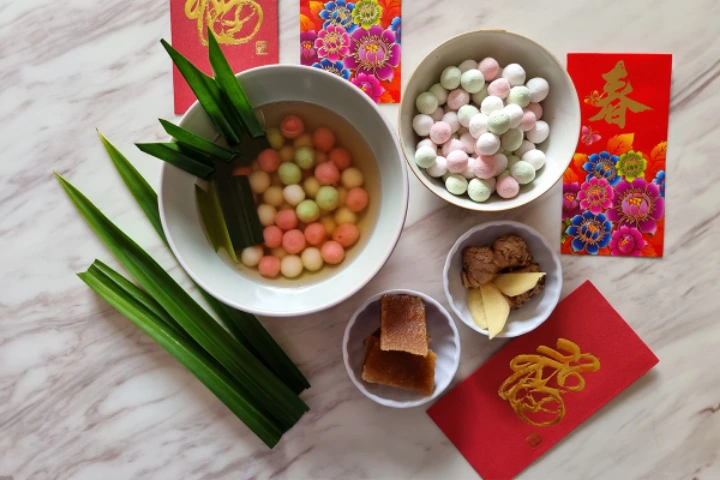
Whether you’re curious about ancient Chinese desserts or want to discover the common Chinese desserts enjoyed today, this guide will take you on a flavorful journey through time.
Introduction to Traditional Chinese Desserts
In Chinese culture, desserts aren’t just an afterthought—they’re an essential part of celebrations, family gatherings, and even ancient rituals. Unlike Western confections loaded with sugar, Traditional Chinese Desserts emphasize balance, texture, and the natural sweetness of ingredients like beans, rice, and fruit.

The world of Chinese sweets can be divided into two broad categories: ancient Chinese desserts, which date back to imperial times, and common Chinese desserts, which are more widely enjoyed across households and restaurants today.
A Taste of History – Ancient Chinese Desserts and Their Origins
The Role of Sweets in Ancient China
In ancient times, desserts were often prepared for religious offerings, royal banquets, and special festivals. Sweeteners like honey and fruit syrups were used before the introduction of cane sugar.
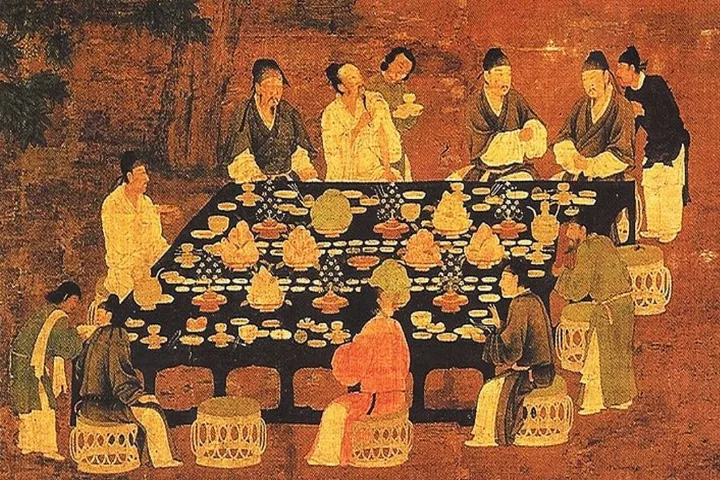
Ingredients such as glutinous rice, lotus seeds, and nuts were prized not just for their flavor but also for their symbolic meanings—longevity, harmony, and prosperity.
Popular Ancient Chinese Desserts Still Enjoyed Today
Some of the most beloved Chinese desserts have roots in ancient culinary practices. Eight Treasures Rice, also known as Ba Bao Fan, is a glutinous rice dish topped with candied fruits, red beans, and nuts, typically served during Lunar New Year.
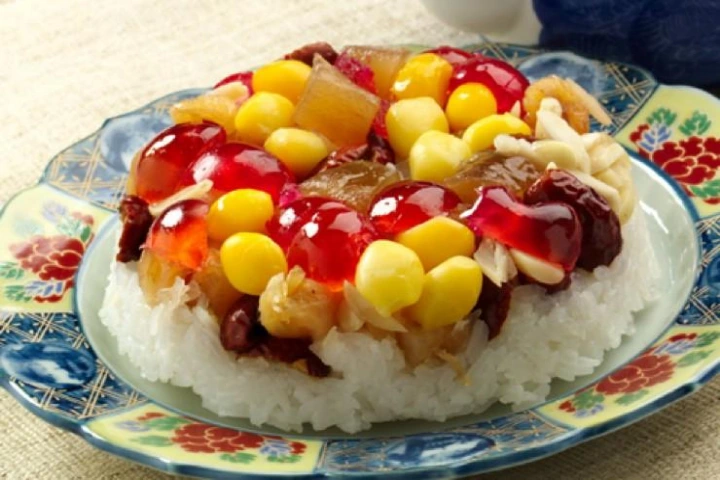
Tangyuan, or glutinous rice balls filled with black sesame or red bean paste, symbolize family unity and are enjoyed during the Lantern Festival. Osmanthus Jelly, delicately fragrant and made from the osmanthus flower, was praised in ancient texts for its soothing properties. Steamed Lotus Seed Buns, once served in imperial feasts, offer a smooth and mild sweetness that endures today.
Common Chinese Desserts You Must Try Today
Everyday Favorites Across China
Modern Chinese dessert culture is vibrant and diverse. Egg Tarts, or Dan Tat, with their buttery crust and silky custard filling, are a favorite in Cantonese cuisine.
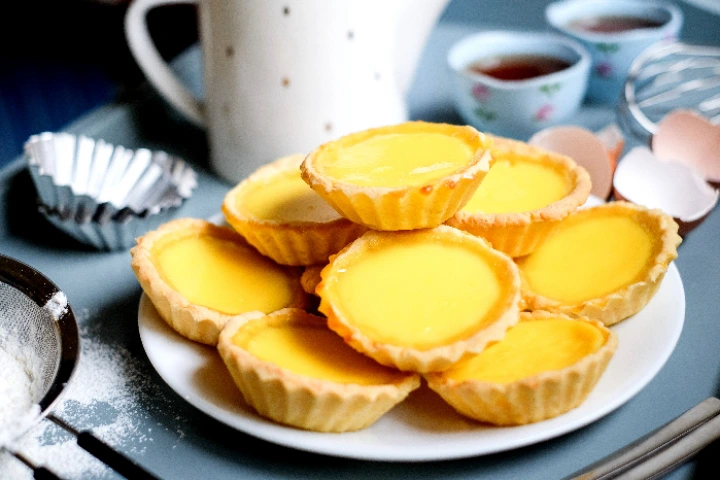
Mango Pudding, a creamy, refreshing dessert topped with evaporated milk or fruit, is a staple in Hong Kong. Sesame Balls, or Jian Dui, are crispy on the outside, chewy on the inside, and filled with sweet pastes like red bean or lotus. Another favorite is Red Bean Soup, a warm and comforting dessert often served at the end of a meal, either hot or chilled.
Regional Variations in Chinese Sweets
Different regions of China boast unique takes on dessert. Cantonese-style desserts are typically light and fruit-based, such as steamed milk pudding or herbal jelly.
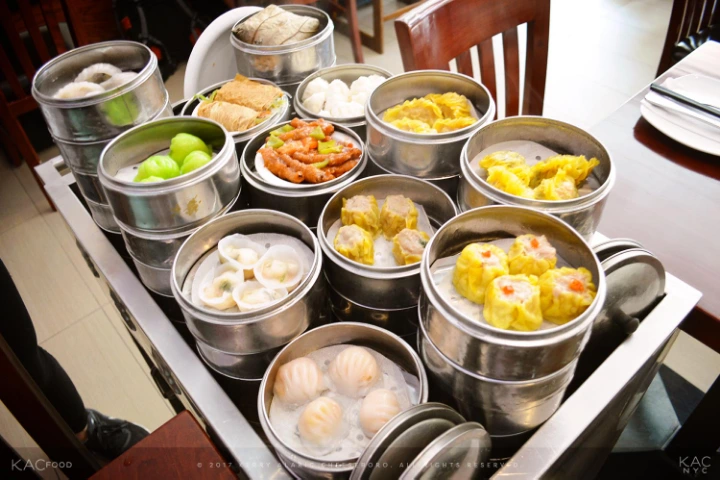
In Sichuan, desserts often feature a spicy-sweet contrast, like sweet glutinous rice paired with chili oil. Northern China tends to favor steamed or baked pastries, such as mooncakes or peanut-stuffed buns, known for their dense textures and rich fillings.
Key Ingredients in Traditional Chinese Desserts
The subtle complexity of Traditional Chinese Desserts comes from a variety of naturally sweet, earthy ingredients.
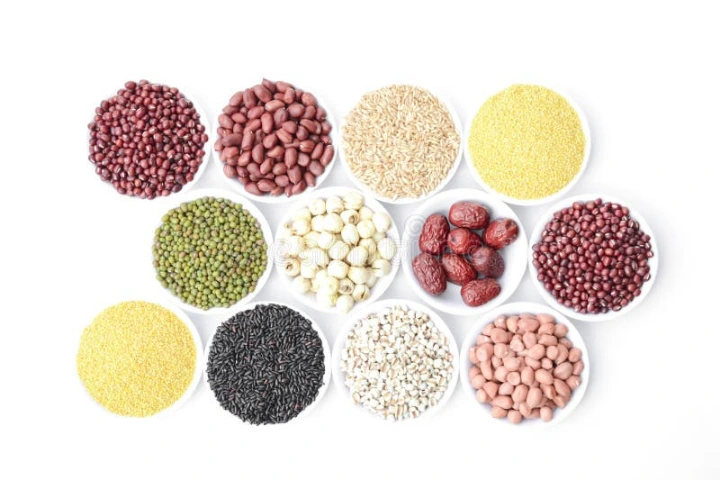
Glutinous rice, the cornerstone of many dishes, creates the chewy texture loved in Tangyuan and sticky rice cakes. Beans like red bean and mung bean are commonly used for fillings or soups. Lotus seeds and jujubes add a smooth texture and are often used in symbolic dishes during festivals. Floral elements like osmanthus and chrysanthemum lend a fragrant aroma and gentle sweetness that elevate many traditional sweets.
Where to Find Authentic Traditional Chinese Desserts
If you’re exploring China or a Chinatown abroad, you’ll find traditional Chinese desserts in many settings. Famous dessert shops like Hui Lau Shan in Hong Kong or Daoxiangcun in Beijing specialize in authentic recipes. Traditional markets offer freshly made treats like Tangyuan or sweet sticky rice cakes.
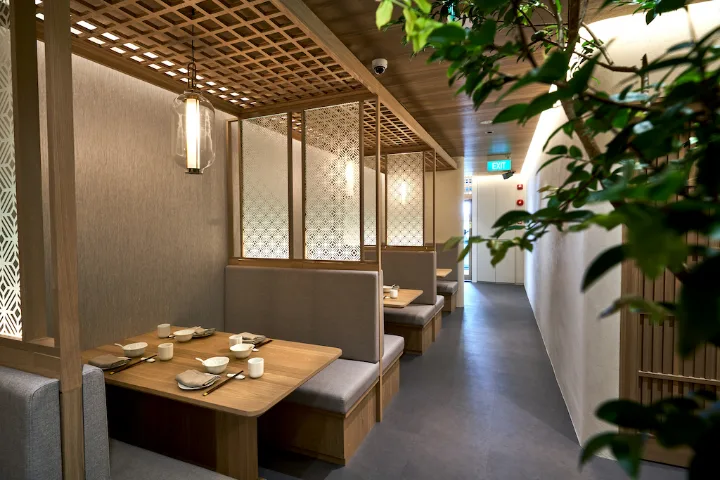
Around the world, Chinese dessert cafés are blending traditional recipes with modern flair, offering beautifully plated sweets like rose jelly and matcha mooncakes. The best times to indulge in these desserts are during celebrations such as Lunar New Year, the Mid-Autumn Festival, or simply paired with a warm pot of tea.
Traditional Chinese Desserts in Modern Times
Modern chefs and dessert lovers are giving traditional sweets a new lease on life. Fusion dishes such as green tea glutinous cakes or durian snow skin mooncakes have become social media sensations.
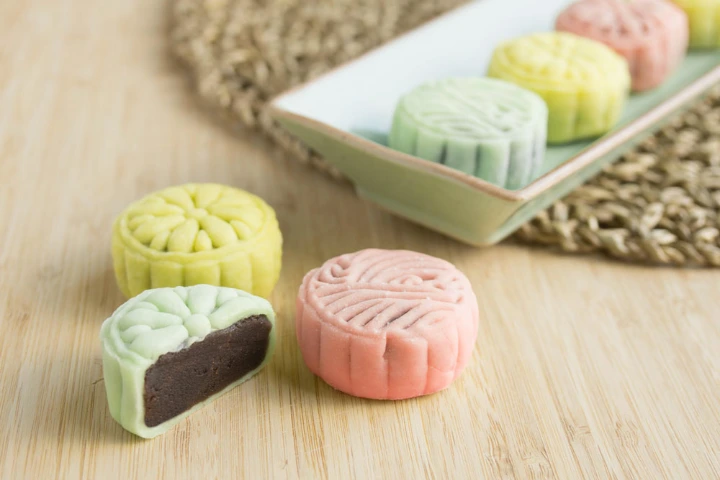
Viral desserts like lava sesame buns or rainbow-layered jelly cakes are bringing ancient ingredients into the spotlight for younger generations. Health-conscious adaptations using less sugar, more whole grains, and superfoods are also gaining popularity, proving that traditional Chinese desserts can evolve while preserving their soul.
Preserving the Sweet Heritage of Chinese Desserts
From the imperial kitchens of ancient dynasties to bustling street stalls today, Traditional Chinese Desserts have stood the test of time. They offer more than sweetness—they carry the essence of Chinese philosophy, culture, and culinary artistry.
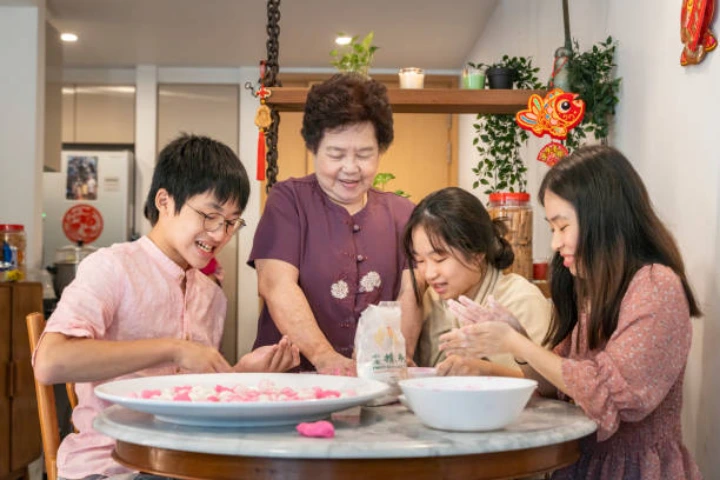
Whether you’re savoring the nostalgic comfort of ancient Chinese desserts or trying innovative takes on common Chinese desserts, each bite is a journey through centuries of tradition. Explore, taste, and fall in love with the sweet legacy of China.
FAQs about Traditional Chinese Desserts
What are some must-try ancient Chinese desserts?
Tangyuan, Eight Treasures Rice, Osmanthus Jelly, and steamed lotus seed buns are among the most iconic.
Are traditional Chinese desserts healthy?
Yes. Many rely on natural ingredients like beans, seeds, and fruits, and are often lower in sugar than Western desserts.
What ingredients are most common in Chinese sweets?
Glutinous rice, red beans, mung beans, lotus seeds, jujubes, and floral elements like osmanthus are widely used.